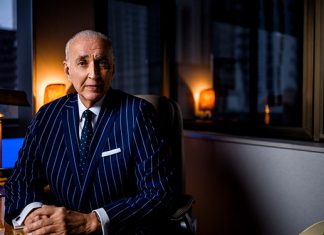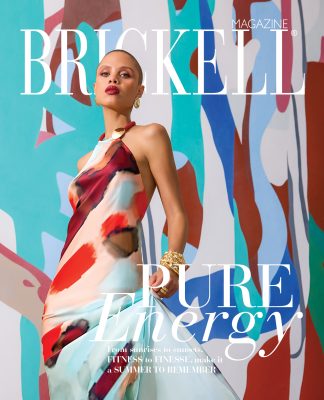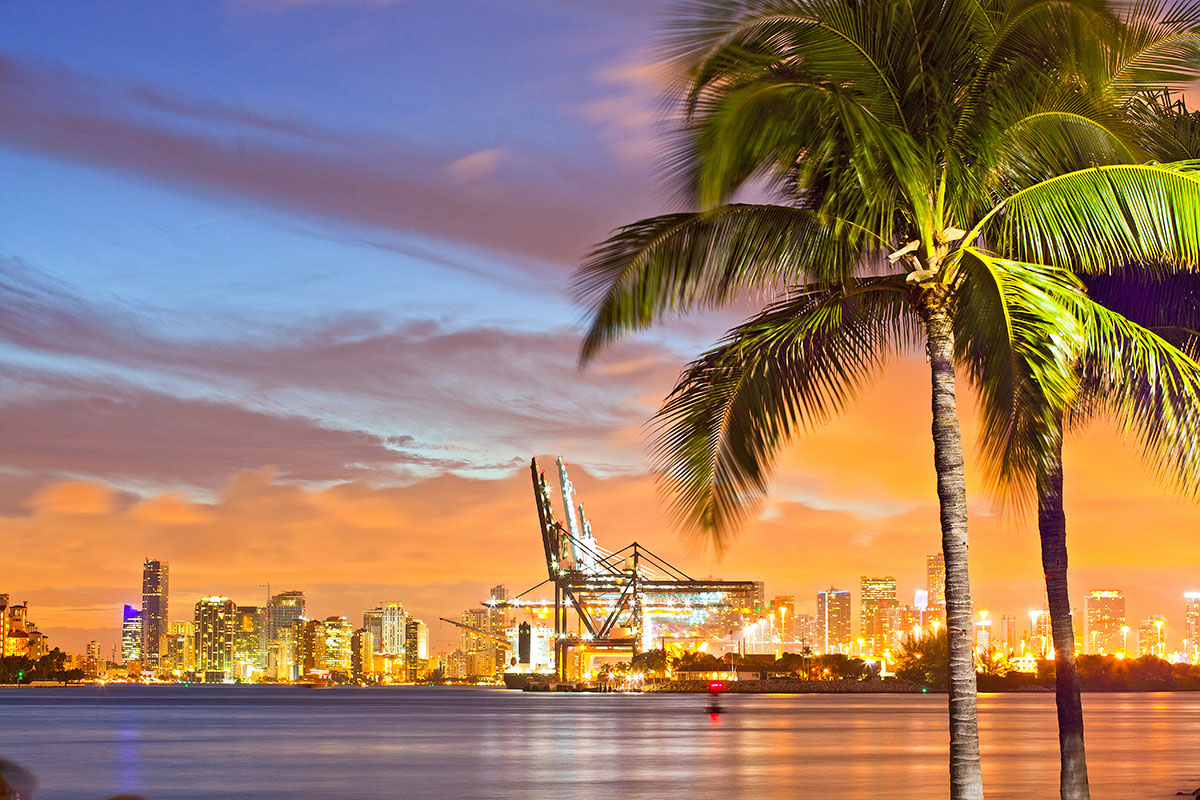 “I will never leave New York,” I said. I had everything I’d always dreamed of: An apartment in a doorman building in Manhattan with a sweeping view of the Chrysler Building, a great job at W Magazine with a monthly column that put me right in the center of NYC’s fashion world, and I could walk to work!
“I will never leave New York,” I said. I had everything I’d always dreamed of: An apartment in a doorman building in Manhattan with a sweeping view of the Chrysler Building, a great job at W Magazine with a monthly column that put me right in the center of NYC’s fashion world, and I could walk to work!
In 1997, I learned to “never say never.” That’s when I left my beloved NYC and moved to Miami. My husband’s new real estate venture was to develop and build the Regal South Beach Stadium 18 — known as the South Beach Cinema — on Lincoln Road. It would take about 3 years, from building permits to the final ribbon-cutting. I thought we would move back to New York after that. It never happened. What did I know of Miami? I had seen Scarface and Miami Vice, the standard by which I viewed the city. When I moved here, I discovered a few pieces of Miami’s history I didn’t know had impacted the area so much: The Mariel Boatlift and the infamous “Cocaine Cowboys” era. Those forces totally changed one of the nation’s most paradisiacal regions, landing it on the cover of Time in 1981 as “Paradise Lost.”
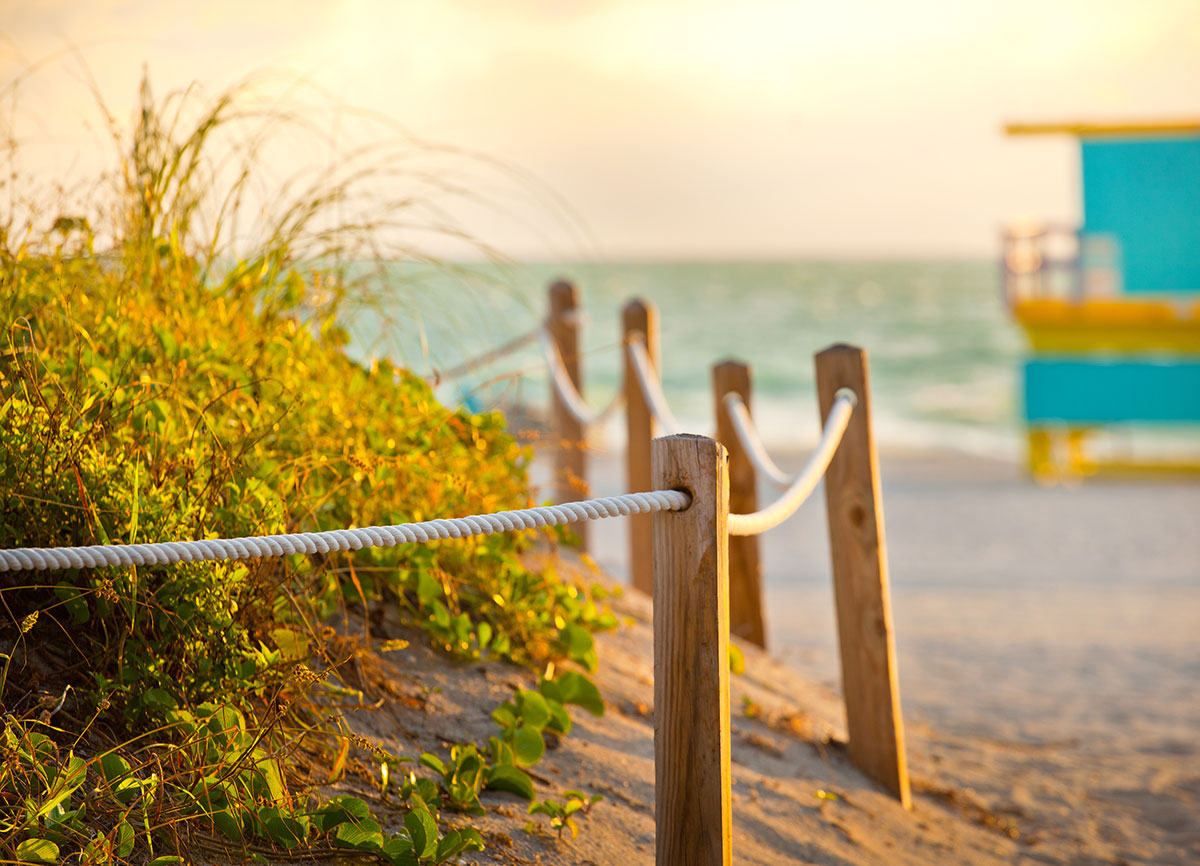 Luckily, by the time I arrived, Miami had become the hottest place on the planet. As I slowly adjusted to my new home, I found the swill of parties, fashion shows and nightlife — mixed in with a soupçon of surrealism — absolutely mind-boggling. Stars like Sylvester Stallone, Madonna and Cher had moved here to be part of the action. Nightlife denizens like The Big Apple’s Susanne Bartsch were coming down to host fantasy fêtes where partiers could forget the humdrum of the everyday. A stream of my friends from NYC visited, curious to see what the excitement was all about. By the early 2000s, the nightlife scene was at an all-time high, literally as well as figuratively. During that time, I was invited to all the parties as editor of Fashion Times, and I especially remember the fundraising bash nightlife impresario Gerry Kelly threw for the late Janet Reno at Level. It was pretty bizarre to see her waving a glow stick among the crowd of regular revelers.
Luckily, by the time I arrived, Miami had become the hottest place on the planet. As I slowly adjusted to my new home, I found the swill of parties, fashion shows and nightlife — mixed in with a soupçon of surrealism — absolutely mind-boggling. Stars like Sylvester Stallone, Madonna and Cher had moved here to be part of the action. Nightlife denizens like The Big Apple’s Susanne Bartsch were coming down to host fantasy fêtes where partiers could forget the humdrum of the everyday. A stream of my friends from NYC visited, curious to see what the excitement was all about. By the early 2000s, the nightlife scene was at an all-time high, literally as well as figuratively. During that time, I was invited to all the parties as editor of Fashion Times, and I especially remember the fundraising bash nightlife impresario Gerry Kelly threw for the late Janet Reno at Level. It was pretty bizarre to see her waving a glow stick among the crowd of regular revelers.
What Miami evolved into over the next decade is what I like most about it. It became “The Gateway To The Americas,” a diverse, international, cosmopolitan city at the vanguard of what 21st Century cities should look like. Very few can claim the United Nations among their group of friends the way that I can. In addition to my New York friends, my list has grown to include Cubans, French, Brits, Italians, Argentineans, Colombians, Brazilians, Uruguayans, Romanians and Greeks. Probably even more if I really think about it.
In the late ’90s, Miami’s neighborhoods pretty much included Miami Beach (with South Beach at its southern tip), Coconut Grove and Key Biscayne. Over the last decade, new neighborhoods have developed: Downtown Miami, Park West, Midtown, The Design District, Edgewater, Wynwood — and Brickell solidified its place on the map. In October 2006, the Carnival Center opened in the Omni section of Downtown Miami. Soon after, philanthropist Adrienne Arsht donated $30 million, and the Center was renamed in her honor. Down the street, The AAA was built as the Miami Heat’s new home. The Orange Bowl was torn down and the notorious Marlins “boondoggle” stadium was built in its place. The Miami Herald Building was also demolished to make way for a new hotel and gambling casino, but the tide of public opinion nipped that idea in the bud.
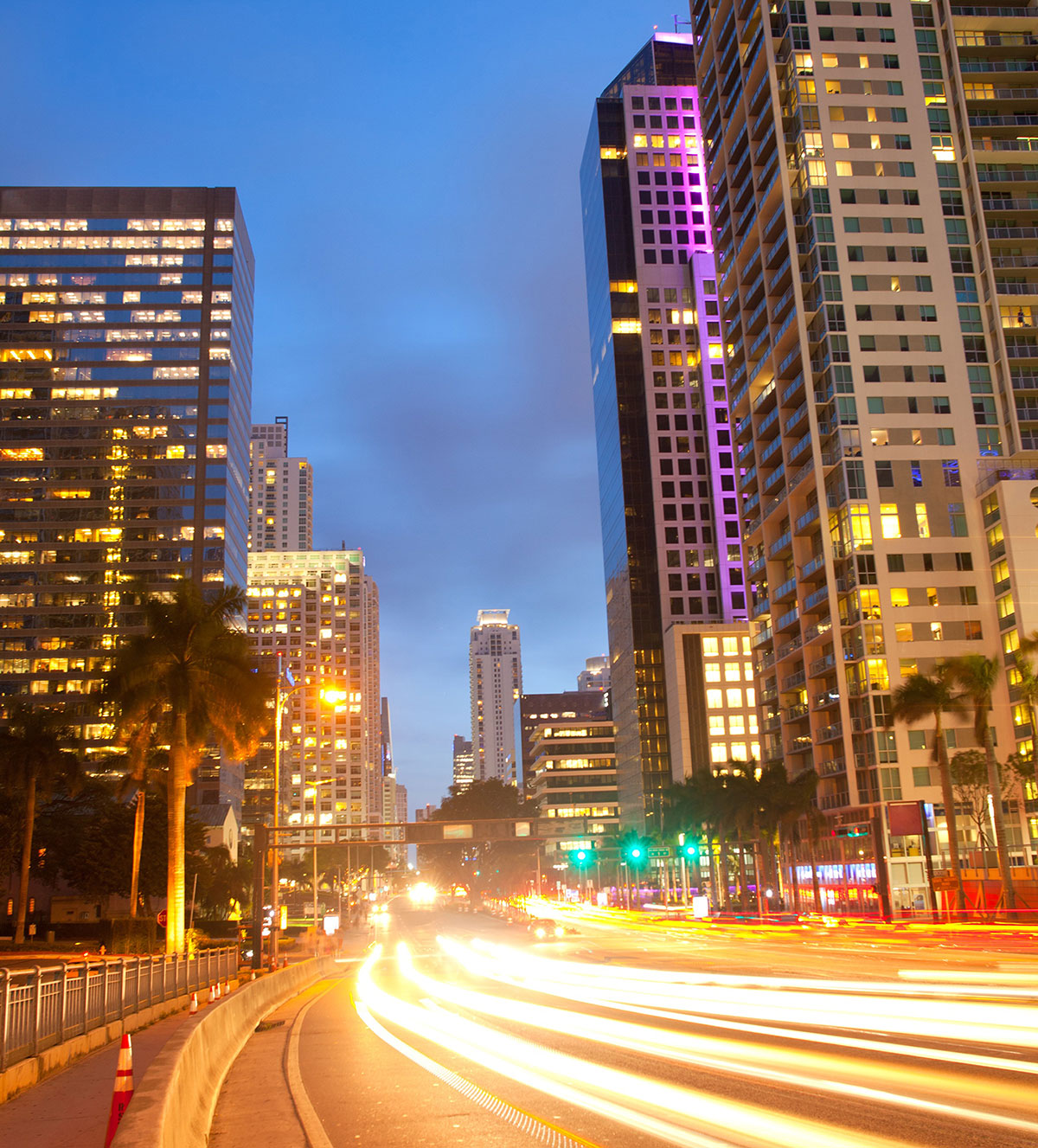 During the past two decades, the city has been turned into a magnet for “starchitects” whose creations have garnered worldwide attention. They have descended upon Greater Miami with a sudden outburst of innovation — notably Hertzog & de Meuron, who designed PAMM; London-based Grimshaw Architects who envisioned the forthcoming Patricia & Phillip Frost Museum of Science & Planetarium; Fashion designer turned real estate developer Alan Faena, who is developing the Faena District in Miami Beach’s Mid-Beach area with architects Rem Koolhaus, designer of the Faena Forum, and Lord Norman Foster, designer of Faena House; Frank Gehry, who designed the New World Symphony’s new home in South Beach, then came back to transform the Bacardi Complex on Biscayne Boulevard into a campus for the National YoungArts Foundation; and the first woman to receive the Pritzker Architecture Prize, late Architect Zaha Hadid, who just days before her death, wrote a letter to express her “delight” with the progress of One Thousand Museum across from Museum Park, a project that she has referred to as a “present” from her to the city’s ever-evolving skyline.
During the past two decades, the city has been turned into a magnet for “starchitects” whose creations have garnered worldwide attention. They have descended upon Greater Miami with a sudden outburst of innovation — notably Hertzog & de Meuron, who designed PAMM; London-based Grimshaw Architects who envisioned the forthcoming Patricia & Phillip Frost Museum of Science & Planetarium; Fashion designer turned real estate developer Alan Faena, who is developing the Faena District in Miami Beach’s Mid-Beach area with architects Rem Koolhaus, designer of the Faena Forum, and Lord Norman Foster, designer of Faena House; Frank Gehry, who designed the New World Symphony’s new home in South Beach, then came back to transform the Bacardi Complex on Biscayne Boulevard into a campus for the National YoungArts Foundation; and the first woman to receive the Pritzker Architecture Prize, late Architect Zaha Hadid, who just days before her death, wrote a letter to express her “delight” with the progress of One Thousand Museum across from Museum Park, a project that she has referred to as a “present” from her to the city’s ever-evolving skyline.
Midtown Miami has also seen a rapid evolution with several new high-rises, a major urban shopping area, The Shops At Midtown, plus the new HYDE Midtown Suites & Residences going up. The Design District, formerly a nexus for trendy art galleries and design boutiques, has become a center for ultra high-luxe stores like Dior, Cartier, Giorgio Armani and Hermès.
 Also, once marginal Wynwood has developed into a new hipster destination, filled with galleries and popular restaurants. The draw: myriads of murals painted on walls throughout the district — the “new frescoes” á la Michelangelo — with late developer, Tony Goldman’s Wynwood Walls as its artistic centerpiece. In the formerly sleepy Edgewater district, a new neighborhood covering 7 city blocks is on the rise. The Related Group’s assembly of a global team of experts is bringing this 11-acre project, known as the Paraiso District, to reality. The development includes Gran Paraiso, One Paraiso, Paraiso Bay and Paraiso Bayviews, complete with its own beach club, the Paraiso Beach Club, on the bayfront. A few miles away, The Miracle Mile and Giralda Avenue Streetscape project is underway, designed to enhance the economic vitality of Downtown Coral Gables.
Also, once marginal Wynwood has developed into a new hipster destination, filled with galleries and popular restaurants. The draw: myriads of murals painted on walls throughout the district — the “new frescoes” á la Michelangelo — with late developer, Tony Goldman’s Wynwood Walls as its artistic centerpiece. In the formerly sleepy Edgewater district, a new neighborhood covering 7 city blocks is on the rise. The Related Group’s assembly of a global team of experts is bringing this 11-acre project, known as the Paraiso District, to reality. The development includes Gran Paraiso, One Paraiso, Paraiso Bay and Paraiso Bayviews, complete with its own beach club, the Paraiso Beach Club, on the bayfront. A few miles away, The Miracle Mile and Giralda Avenue Streetscape project is underway, designed to enhance the economic vitality of Downtown Coral Gables.
Formerly quiet Brickell is now Miami’s hottest area, the new center of the city, replete with the noise of daily construction of high-rises, new restaurants and lounges. The last time I drove by on 1-95, I counted 17 cranes from construction sites of new buildings being built. Demonstrating how things have come full circle, the new Brickell City Centre was designed by Architectonica, the same folks responsible for Atlantis, the “building with the hole in it” in the opening credits of Miami Vice, one of the city’s earliest cameos to the world. The Centre features top retailers such as Saks Fifth Avenue, Pandora, Cole Haan, Ted Baker and Capritouch as well as new U.S. outposts of Acqua di Parma, Mirto and Italian menswear line Boglioli — to name just a few of the luxury brands among the Center’s high-end tenants.
To put the city’s evolution into better perspective, Pitbull, a homeboy born and raised in Little Havana, performed at Brickell City Centre’s grand opening celebration and said: “I can’t believe there’s now a Saks Fifth Avenue on Calle Ocho!” Just down the street, Miami’s Cuban exiles recently partied the night away when Fidel Castro died. No one can argue that the only direction for Miami to go now is up. And only history will tell just how high.










